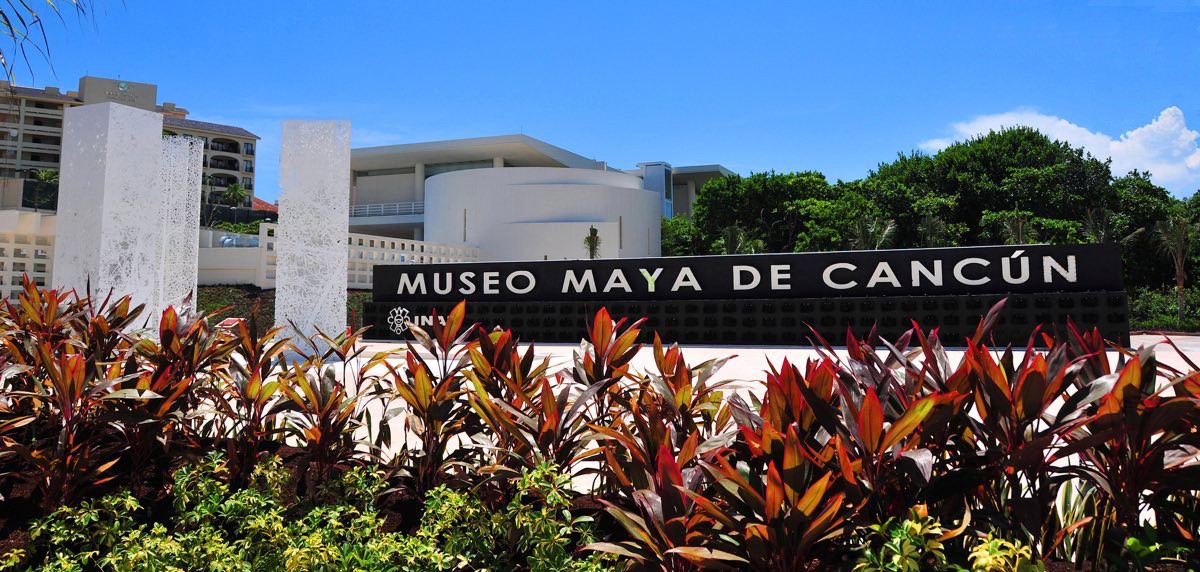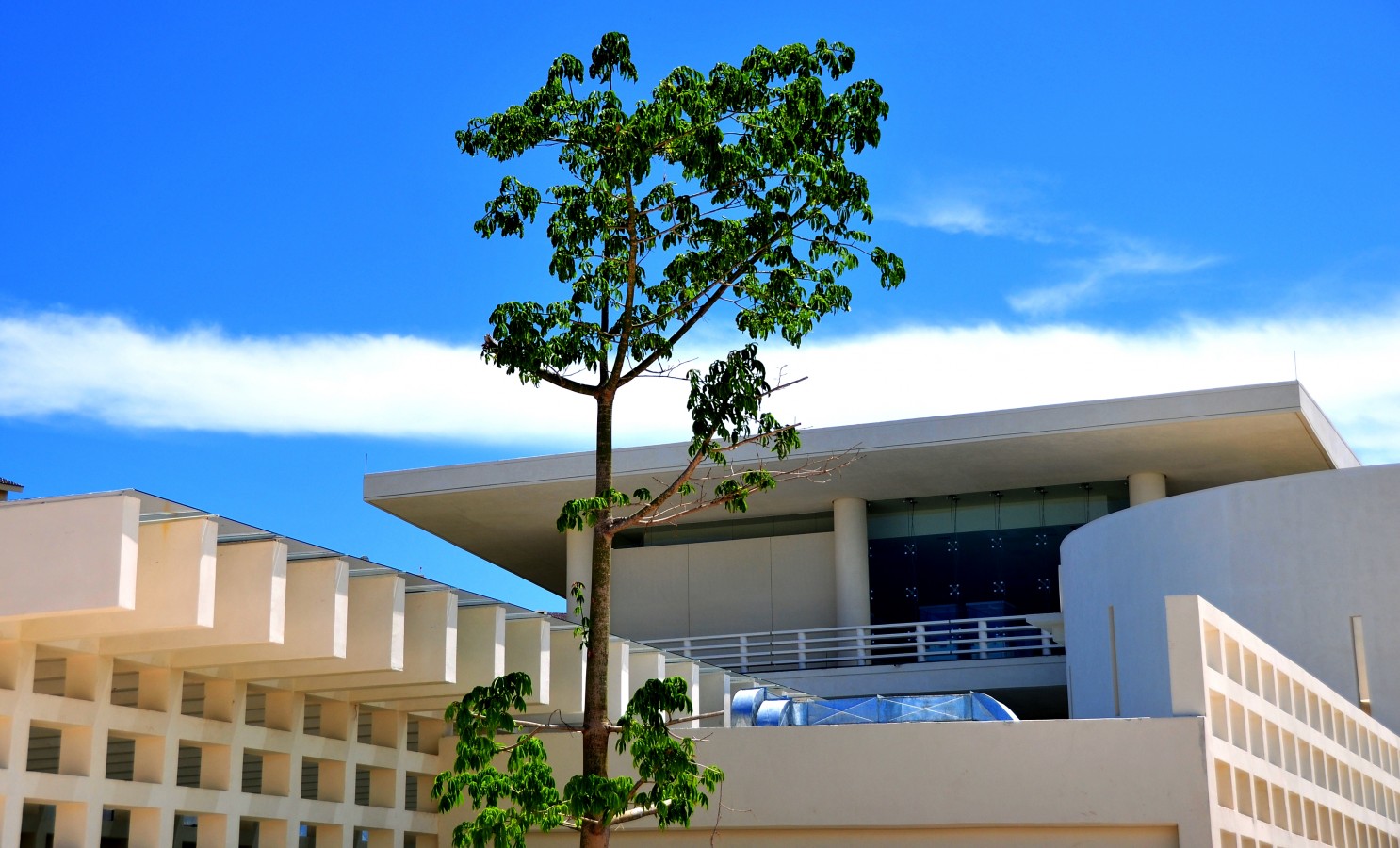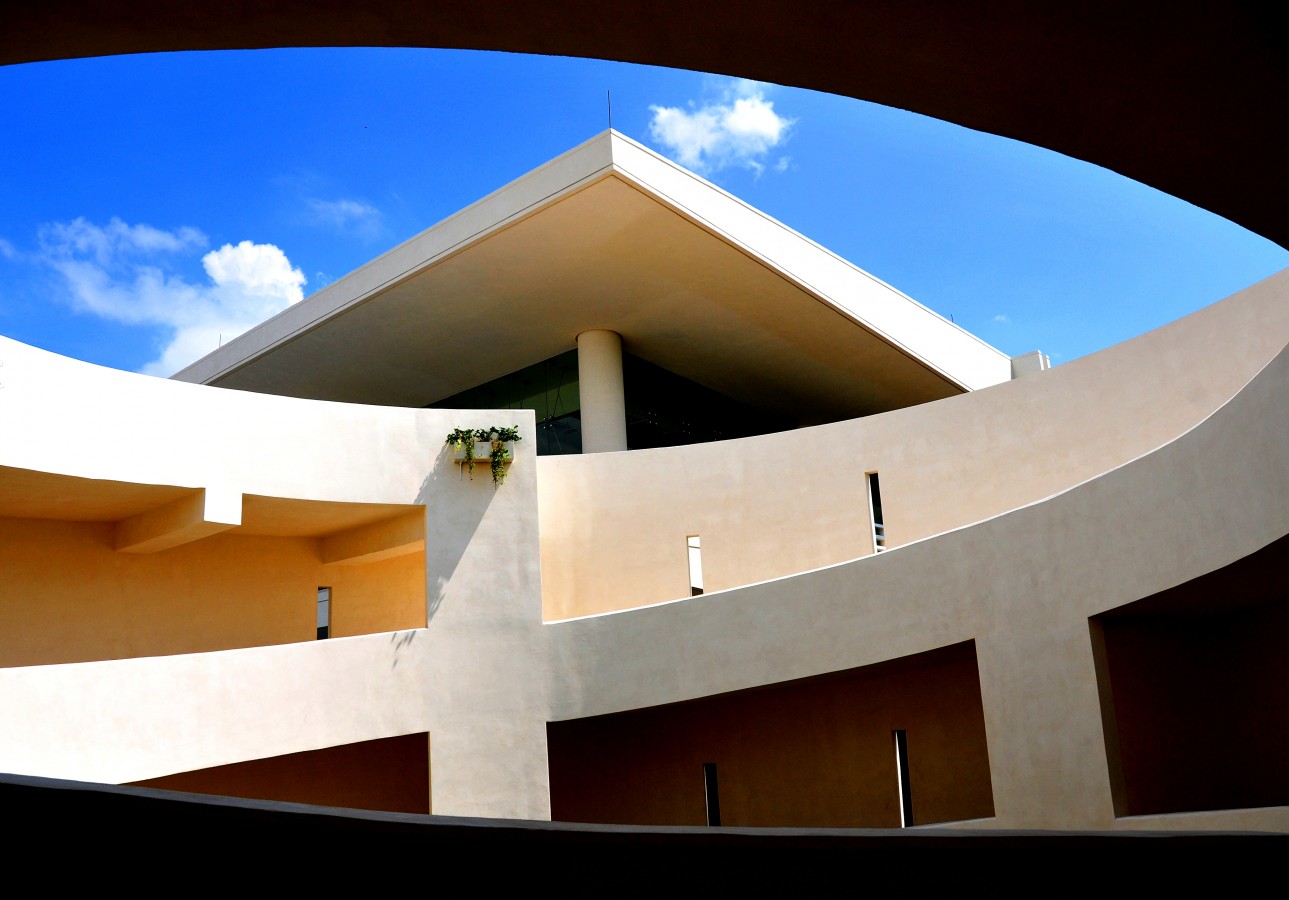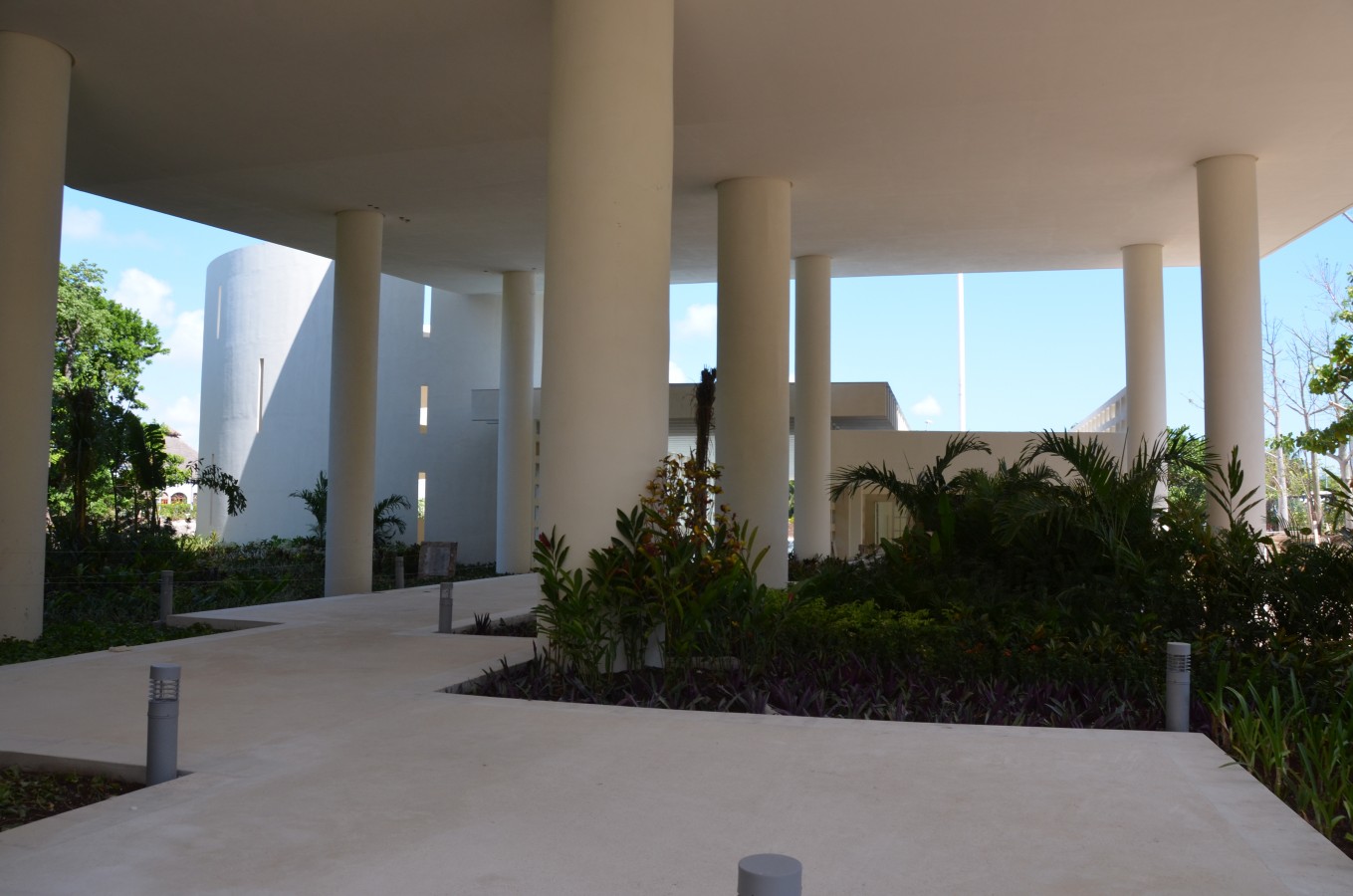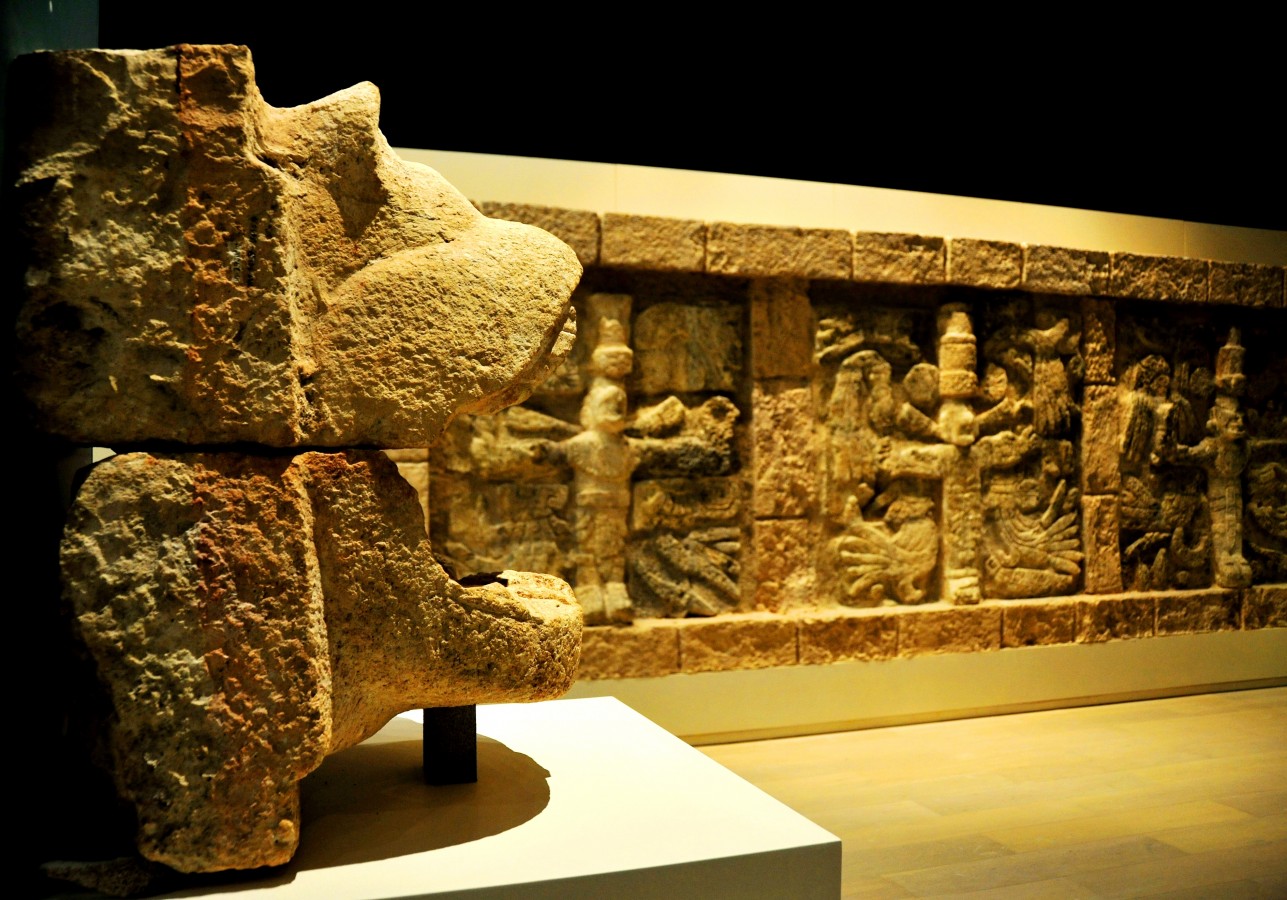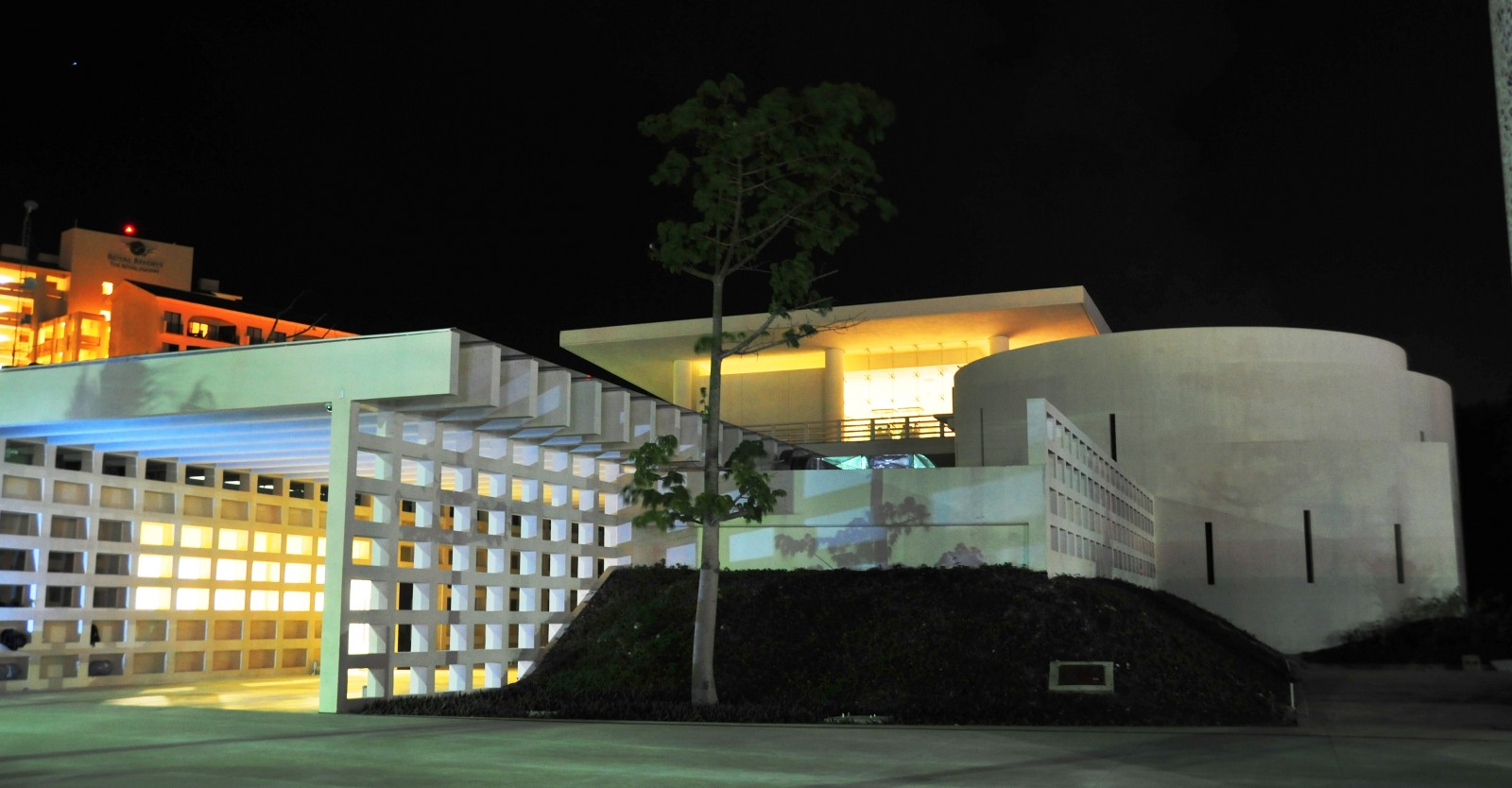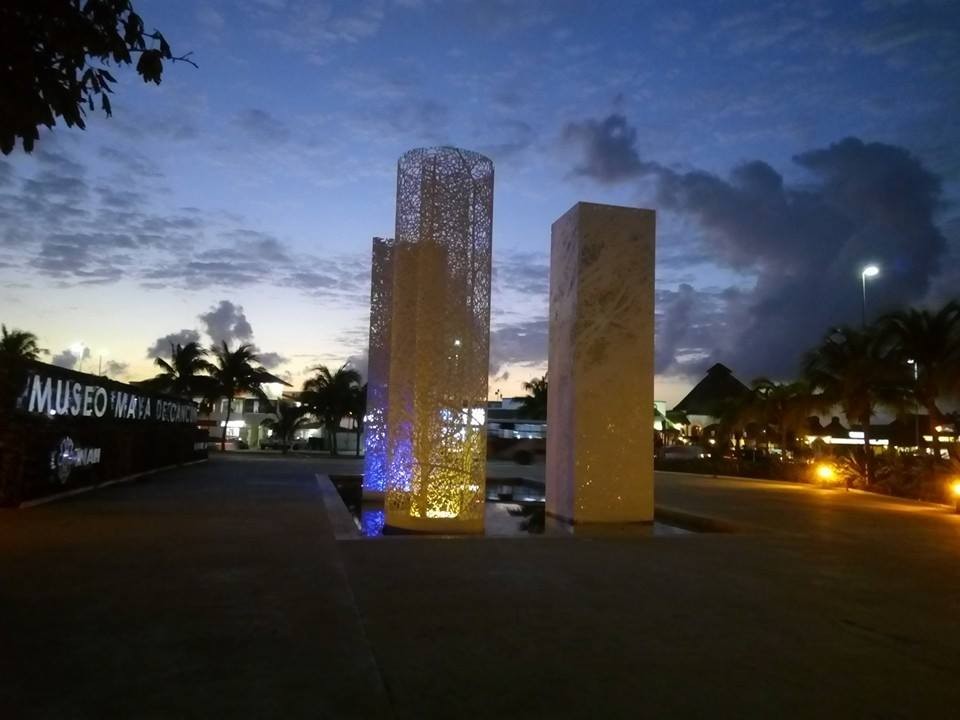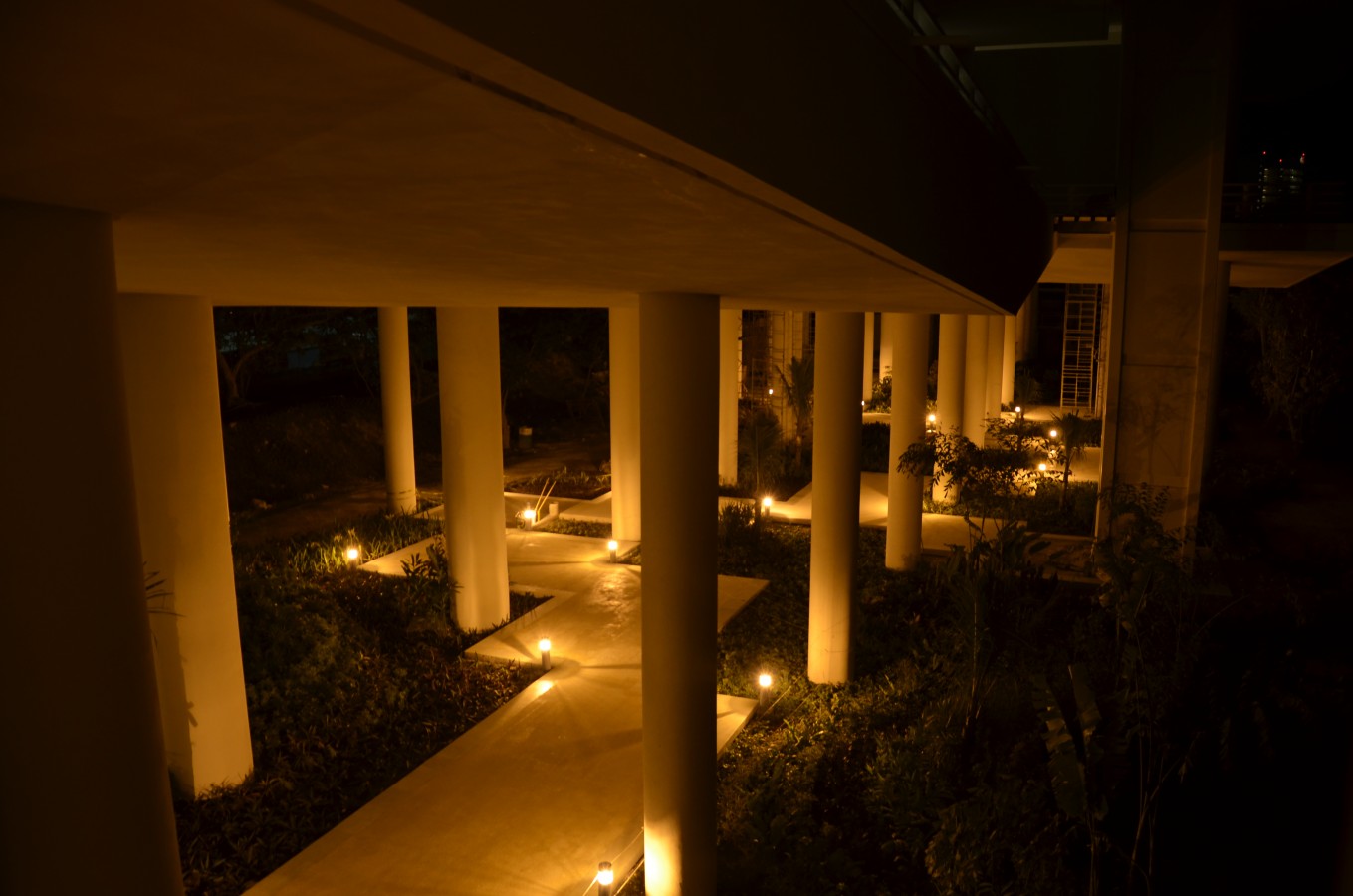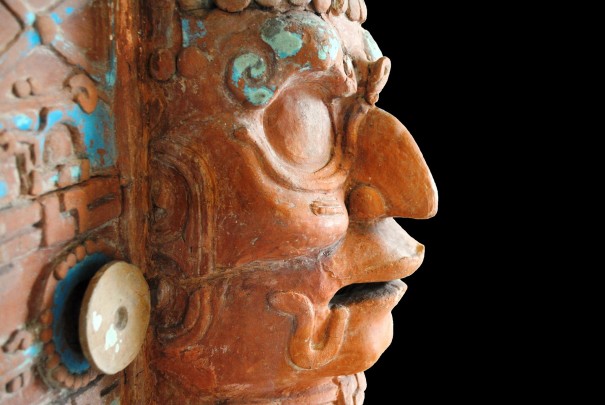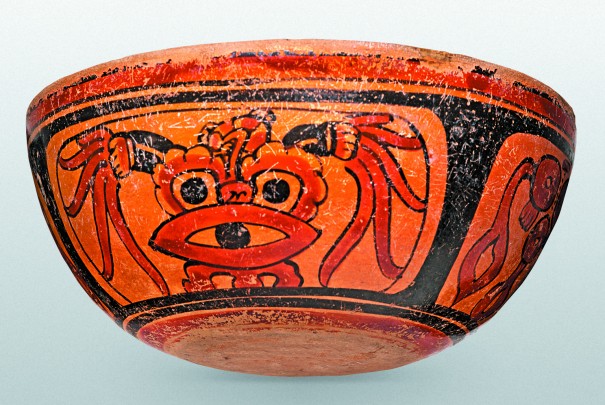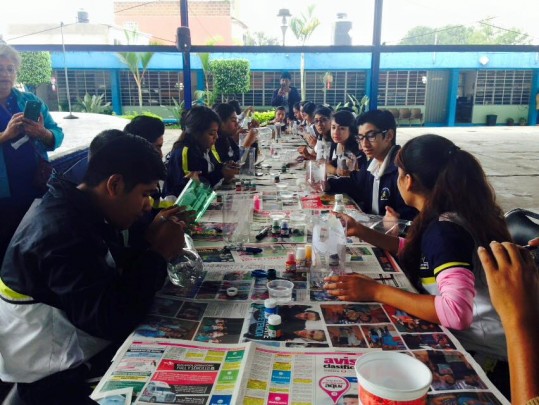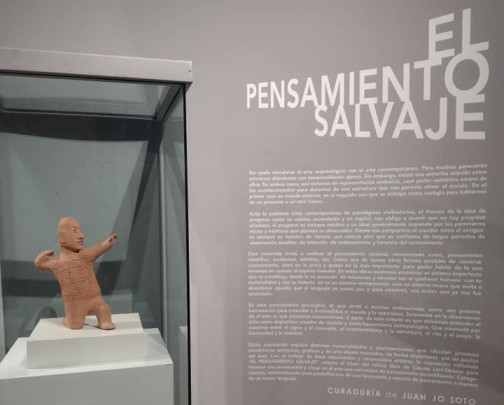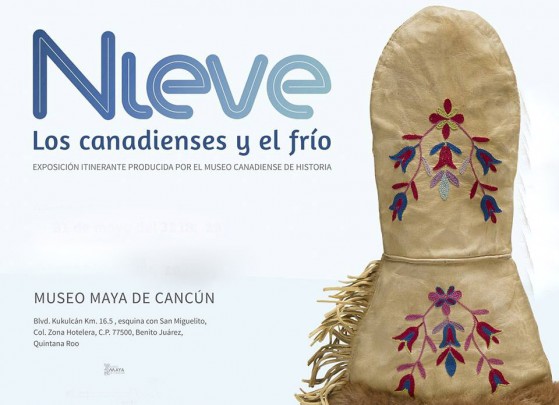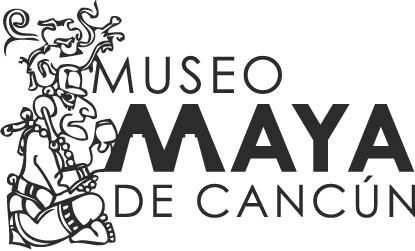Museo Maya de Cancún
A contemporary architectural project, respecting the natural setting, this museum was inaugurated recently and houses one of the most considerable collections of Maya art in the country, with local pieces as well as from other states, incorporated into the San Miguelito archeological zone.
About the museum
The Cancun Maya Museum is one of the most important museum projects of the National Institute of Anthropology and History (INAH) since the opening of the National Museum of Anthropology in 1964 and the Templo Mayor Museum in 1987. It conserves one of the country’s most significant archeological collections of Mayan culture, with the most outstanding pieces belonging to the State of Quintana Roo, as well a selection of emblematic objects from a number of Mayan sites including Palenque, Chichen Itza and Comalcalco.
The story of this museum project has not been without setbacks. Cancun’s first archeological museum was originally located adjacent to the city’s Convention Center. It was opened in 1982 with the aim of making the culture of the pre-Hispanic Maya in the north of the state of Quintana Roo better known to local, national and foreign visitors. Nevertheless the small museum had to close in September 1988 after a severe battering from hurricane Gilberto. It reopened in July 1994 but the next hurricanes to ravage the coast of Quintana Roo damaged the museum again and forced the permanent closure of the old building in 2004.
The new Cancun Maya Museum opened six years later, fitting in harmoniously with the pre-Hispanic structures and landscape of the San Miguelito archeological site (1250-1550), which opened to the public at the same time as the museum. The full 20-acre complex was inaugurated on November 2, 2012.
The new museum building, designed by Mexican architect Alberto García Lascurain, is cutting edge and deeply respectful of its environs. The core elements of this building are expressed in the same architectural language, which emphasizes a linear design with concrete screening walls. Outdoor areas let visitors enjoy the Cancun climate and despite the extensive open surfaces, it retains a protected feeling with the pergolas over the paths and walkways. The entrance to the museum is overlooked by a sculptural group by Dutch artist Jan Hendrix, which represents the region’s environment with its leaves, trees and forest above a reflecting pool of water.
There are three pavilions that provide ceiling heights of 26 feet for the exhibition spaces. The museum galleries are held within the walls which also define the surrounding walkways, and have covered spaces with hurricane-proof glass, offering magnificent views of the dense trees of the San Miguelito archeological site and the Nichupté Lagoon. Access to the gallery spaces is via ramps, one spiral, the other straight, located at the each end of the galleries. There are also two panoramic elevators.
A museum visit includes access to the San Miguelito archeological site, making the complete tour very satisfactory for visitors.
The story of this museum project has not been without setbacks. Cancun’s first archeological museum was originally located adjacent to the city’s Convention Center. It was opened in 1982 with the aim of making the culture of the pre-Hispanic Maya in the north of the state of Quintana Roo better known to local, national and foreign visitors. Nevertheless the small museum had to close in September 1988 after a severe battering from hurricane Gilberto. It reopened in July 1994 but the next hurricanes to ravage the coast of Quintana Roo damaged the museum again and forced the permanent closure of the old building in 2004.
The new Cancun Maya Museum opened six years later, fitting in harmoniously with the pre-Hispanic structures and landscape of the San Miguelito archeological site (1250-1550), which opened to the public at the same time as the museum. The full 20-acre complex was inaugurated on November 2, 2012.
The new museum building, designed by Mexican architect Alberto García Lascurain, is cutting edge and deeply respectful of its environs. The core elements of this building are expressed in the same architectural language, which emphasizes a linear design with concrete screening walls. Outdoor areas let visitors enjoy the Cancun climate and despite the extensive open surfaces, it retains a protected feeling with the pergolas over the paths and walkways. The entrance to the museum is overlooked by a sculptural group by Dutch artist Jan Hendrix, which represents the region’s environment with its leaves, trees and forest above a reflecting pool of water.
There are three pavilions that provide ceiling heights of 26 feet for the exhibition spaces. The museum galleries are held within the walls which also define the surrounding walkways, and have covered spaces with hurricane-proof glass, offering magnificent views of the dense trees of the San Miguelito archeological site and the Nichupté Lagoon. Access to the gallery spaces is via ramps, one spiral, the other straight, located at the each end of the galleries. There are also two panoramic elevators.
A museum visit includes access to the San Miguelito archeological site, making the complete tour very satisfactory for visitors.
November 2012
Map
An expert point of view

Adriana Velázquez Morlet
Centro INAH Quintana Roo
Practical information
Tuesday to Sunday from 09:00 to 17:00 hrs. Last entry 16:30 hrs.
$95.00 pesos
Boulevard Kukulcán km 16.5,
Zona Hotelera de Cancún, C.P. 77500,
Benito Juárez, Quintana Roo, México.
Zona Hotelera de Cancún, C.P. 77500,
Benito Juárez, Quintana Roo, México.
Services
-
+52 (998) 885 35 42
-
This email address is being protected from spambots. You need JavaScript enabled to view it.
-
FACEBOOK
-
TWITTER
Directory
Encargado
Carlos Esperón Vilchis
This email address is being protected from spambots. You need JavaScript enabled to view it.
+52 (998) 885 38 42

